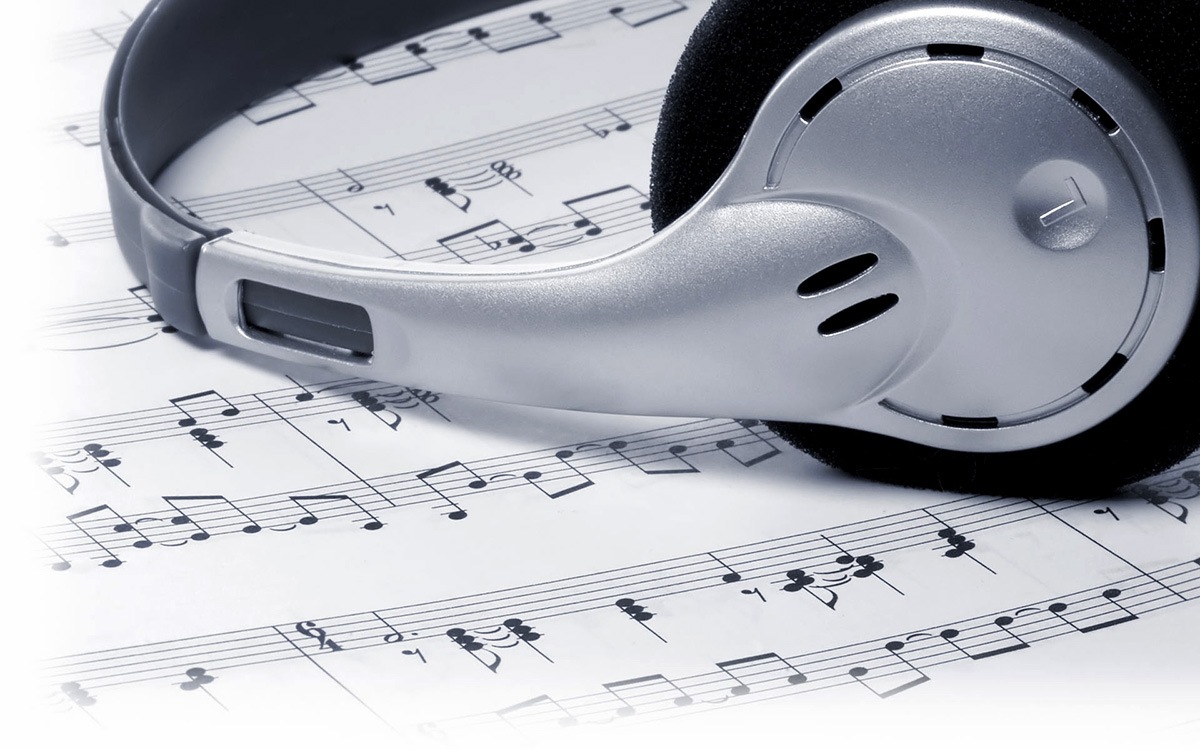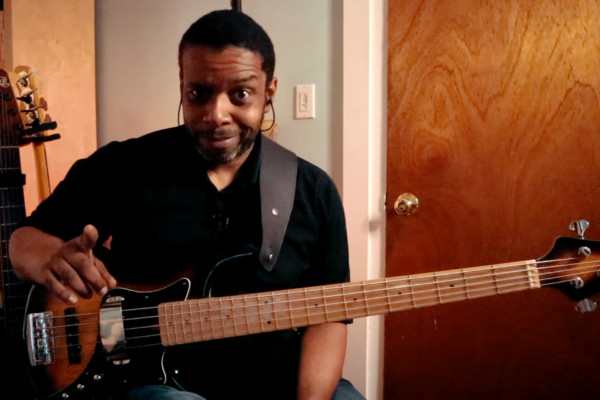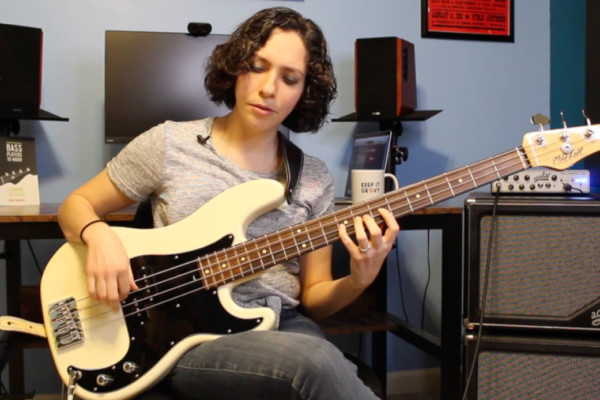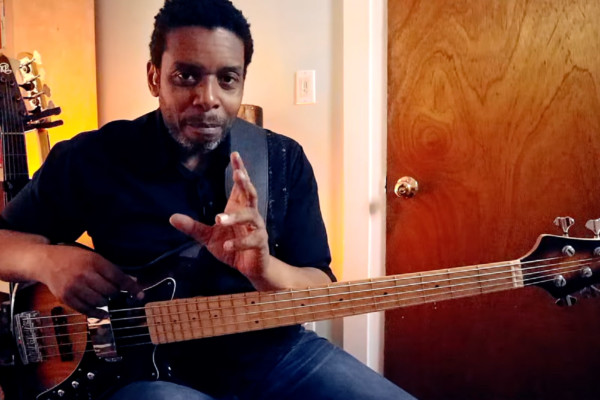How To Apply Your Transcriptions

Q: Can you give an example of how I might explore using the things I’ve transcribed in some way? I’ve been transcribing a lot this year (as a music student), but I’m not sure how to apply it or get anything from it.
A: I spent years transcribing tunes, solos, melodies and bass lines before I ever really figured out what to do with it all, beyond finishing the transcription, write it out, play along with it a few times, feel good about myself and then stash it away in a folder.
First, let me say that the act of figuring music out by ear and finding it on your instrument is a worthy practice. You are training your ears to hear melodic and scalar relationships, associating sounds with shapes on the fretboard, learning how to listen and explore ideas, not of your own making. Ear training is an invaluable skill and tool. Learning how to listen and find tonalities, lines and melodies on the fly is an obviously useful tool for any musician.
But, how can we use it beyond that? In short, it’s an excellent way to build vocabulary. But how do we take a written line and use it in any context other than that of that specific piece of music?
I’ve used this approach primarily for isolated lines or licks, as it seemed the most useful way to grab small digestible chunks of material and thoroughly explore them, bit by bit. But it’s also useful to try and analyze longer pieces from top to bottom to better get inside the mind and approach of any given musician.
In the following examples, I’ve taken one simple melodic fragment (this isn’t taken from any tunes, I just made it up for the purposes of this article). Download these transcription examples and the audio track, and follow along with the text:
In example #1, we see a simple melodic fragment over an F Major7 chord. The lick starts on the 7th and ends on the 3rd (chord tones are a great place to start and/or end a lick, although you certainly don’t have to).
I’m big on shapes, and I tend to associate different shapes with different tonalities. That’s just the way my brain works. I see this lick as, essentially, a descending A minor arpeggio (with the F note as a bit of an embellishment) into an ascending A minor arpeggio, ascending above our initial starting point, to end on an A (which is the 3rd of the F Major7 chord.
This is a very “inside” melodic fragment. It’s almost all chord tones, and it fits nicely.
Once I’ve understood how and why this lick works over an F Major chord, I might consider other chord types that this lick could work over. The following examples are showing how this lick sounds (and looks) over various chord types.
For each example, I’ve written the scale tones underneath.
Note: I decided to use straight scale tone numbers instead of chord tone numbers to keep it simple for any readers that aren’t as comfortable with things like “9”, “11”, “13”. For more information on what those numbers reference when looking at chord construction, check out this column.
Examples 1-6 use the melodic fragment, unchanged, over a few different chord types. This is included in the transcription and the audio track below, so you can see and hear what they all sound like.
Examples 7-8 show how we might take the melodic fragment and alter it slightly to fit over a different chord type, where the line didn’t quite fit.
The way in which to practice this is to set up some kind of loop or use an app like iReal Pro to make yourself some practice charts to play along with. I’ll practice playing the line over various types of chords – one at a time – trying to internalize the shape as it relates to my new tonality and seeing as many relationships as I can. I usually work with one chord type at a time and then mix it up a bit, once I feel like I have a handle on it all. This helps me to develop the muscle memory necessary to pull this line out in real time, in the moment.
Once I’ve gotten a fair handle on playing the exact line over a few different chord types, then I will move on to other chord types and tonalities and practice altering my line to fit a new tonality. By this, I mean that I will change one or more notes to better fit within whatever chord/scale I am playing over. This helps me to further start to ‘see’ this lick and how it applies to any given piece of music.
This is when a lick starts to become a part of your vocabulary in a more meaningful way. It’s the difference between being able to say “I want food” to saying “I’d like a steak, prepared medium-rare, with a salad”.
The more inside of an idea we get, the better we’ll understand how it relates to everything else we are doing and the more likely we’re able to use it in a meaningful and musical way. The alternative is to cram licks into your playing, often leaving them a bit out of place contextually. If we want to have a natural and meaningful discussion, we need to play within the music, not at it.
I would suggest that you grab some small licks and fragments and explore how you could apply that musical statement to different tonalities. Learn how to shape an idea and use it in many other contexts. This also helps to get you in the right frame of mind when creating music. It helps to focus your attention to how what you play will interact with the music as a whole, not just your bass lick or line.
The simplest place to start, I think, is with relative major and minor tonalities. If you have a great minor lick, practice playing it over the relative major chord (F minor lick in D major, for example). Then, you can move on to every other chord in the related modes. How does that F minor lick sound over an E minor? G Major? A7? B-7?5? You get the idea…
I imagine that other players have some different and interesting ways in which they’ve tried to apply lines from transcriptions to their playing. For example, it is common in the jazz world to quote fragments of melodies from other tunes while playing over the changes to a different song. Sometimes, altering the notes to fit the new tonalities, sometimes not…
If any of you have an approach to this, I’d love to hear it in the comments below!
Have a question for Damian Erskine? Send it to [email protected]. Check out Damian’s instructional books, Right Hand Drive and The Improviser’s Path.



